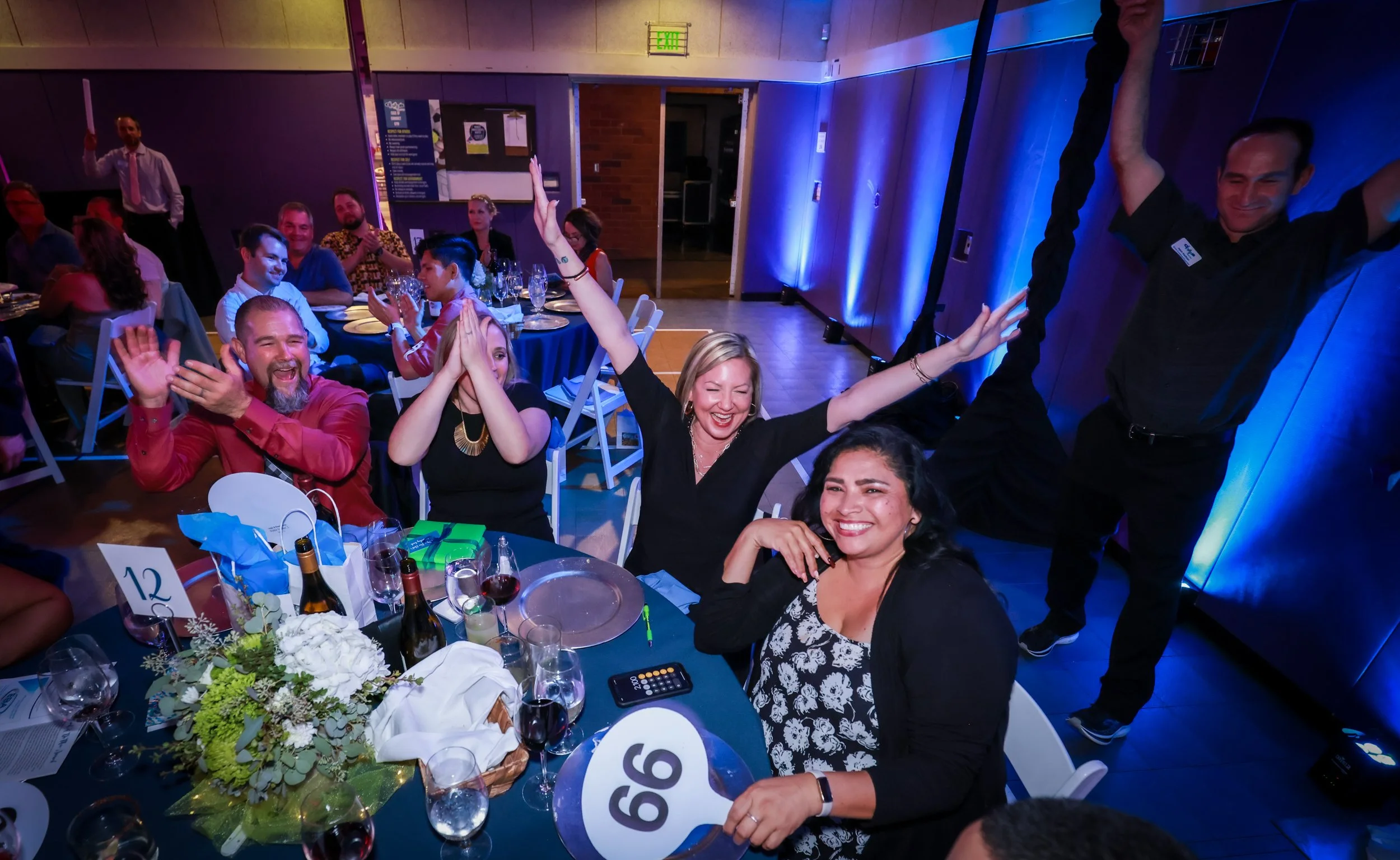When searching for a venue for a fundraising gala, lots of questions immediately jump to mind: How many people can it hold? What are your catering options? Is there parking?
The top question you should be asking (and probably aren’t) is: “how will this venue impact check-in & check-out?”
On our recent Inside the Industry podcast, Beth Sandefur noted that 70% of gala attendees rate check-in/check-out as a crucial part of every event. This means the moment your guests arrive and their last interaction before they leave are vital to their experience at your event.
“Events are hospitality,” says Beth. “You have to think about what is the guest experience at every single moment of your event.” And this starts with registration and check-out.
When evaluating a venue for a fundraising event, Beth looks for these keys:
Where will registration go?
Is power available?
Is Internet or wi-fi readily available for registration? (Bonus points if it is a secure network *not* available to guests)
Is there room for tables/flow?
Furthermore, Beth highly recommends you place your registration/check-out tables well away from the band, DJ, or any live music. You don’t want your guests’ last experience at your event to be yelling to be heard while trying to explain they want to pay with their auction items via credit card but use a DAF for their fund-a-need gifts.
Beth goes into much deeper detail on registration, check-out, and more on the latest episode of our Inside the Industry Podcast, available here. You can find Beth on her website, BethSandefur.com.















